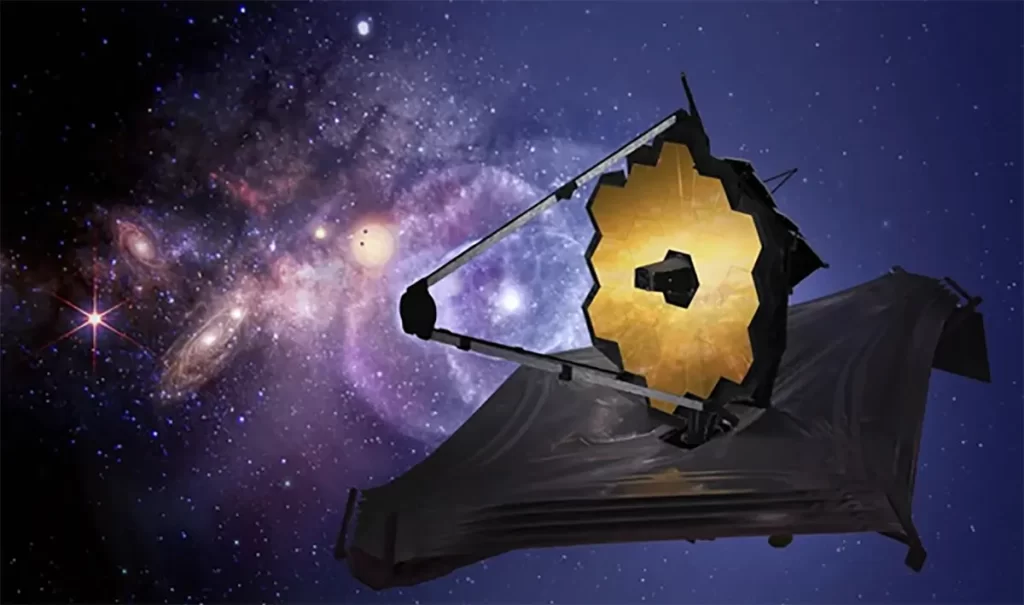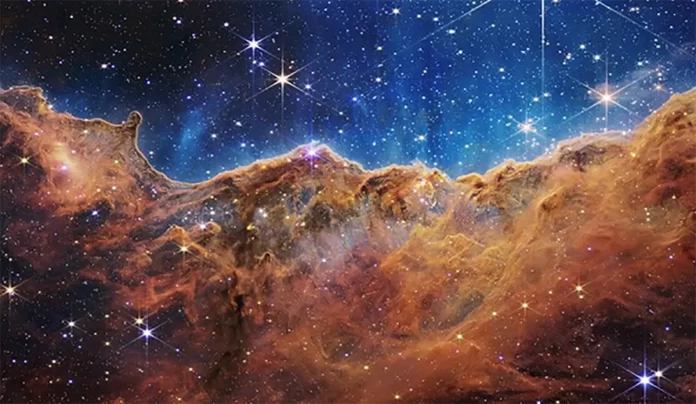JWST is a Time Machine or Tech Marvel? – Scientific Research on Space Technology
The James Webb Space Telescope (JWST) is revealing the universe like never before. Our planets, the furthest galaxies, and the strangest phenomena. The Jwst is a product of decades of hard work from scientists around the world. It just doesn’t happen very often in the history of science, and that’s really exciting and significant. One of the things that makes James Webb so special is its gigantic mirror. So that there are various things that make the primary mirror on James Webb special and incredible.
The first is the sheer size of the mirror. It’s the largest one ever launched. The Webb mirror is around six and a half metres in size, so if you can imagine that, that’s bigger than most houses that you’re walking by. It’s so large it wouldn’t fit in the rocket. So they had to devise a way of folding it up so that it would fit inside the top of the rocket. It’s absolutely humongous. And that makes a really big difference in terms of the sensitivity of the telescope.

Thousands of times more sensitive than Hubble. It’s a step forward of factors of a thousand or more. The bigger the mirror, the more light you collect, the bigger the collecting area, the more sensitive you are and the further you can see. The other thing that makes it absolutely incredible is the precision with which it’s been made. If the mirror was stretched to be the size of the United States and you were to measure the size of the biggest bumps and dips on the mirror, you’re only looking at a bump or a dip of order one centimetre in size.
It’s absolutely incredible. And that’s what generates the near-perfect images from the primary mirror. But it’s not just the mirror that makes the images from James Webb so incredible. It’s also the type of light that it detects. The JWST detects infrared light, which is a wavelength of light that we can’t see, but the unique properties of infrared make it incredible for exploration. So, with infrared light, you can see the atmospheres of exoplanets, these molecules in star formation regions, things like caffeine and alcohol and water ice, the signatures of life around other planets.
So just a few things then. Infrared opens up the possibilities for astronomers like Olivia and allows them to capture images that would previously be impossible in the optical range. But even within the infrared spectrum, there are multiple different wavelengths. On board Webb, there are three instruments that observe near-infrared. This is closer to the visible spectrum. But the instrument that’s garnering the world’s attention is the mid-infrared instrument on board James Webb Space Telescope, known as MIRI. MIRI is essential for JWST.
MIRI allows us to see further along the infrared spectrum, and this in turn allows us to see through dust clouds and further back in time than ever before. That’s because as galaxies move away from us, the colour they emit, shifts further into the infrared. So the longer the wavelength we can observe, the further back in time we can see. But, despite the capabilities of MIRI, it very nearly didn’t make it on board James Webb. So MIRI wasn’t initially part of those plans because it seemed technically very complicated.
Gillian Wright, a European Principal Investigator for MIRI and the director of the UK Astronomy Technology Centre and was instrumental in pitching to get MIRI on board Webb. Construction of James Webb Space Telescope started in 2004 and 17 years of work later, on Christmas Day 2021, with MIRI securely on board, the telescope finally launched.
To read more informative articles on Space and science – Click here
Wants to explore articles on new hot topics – Click here

